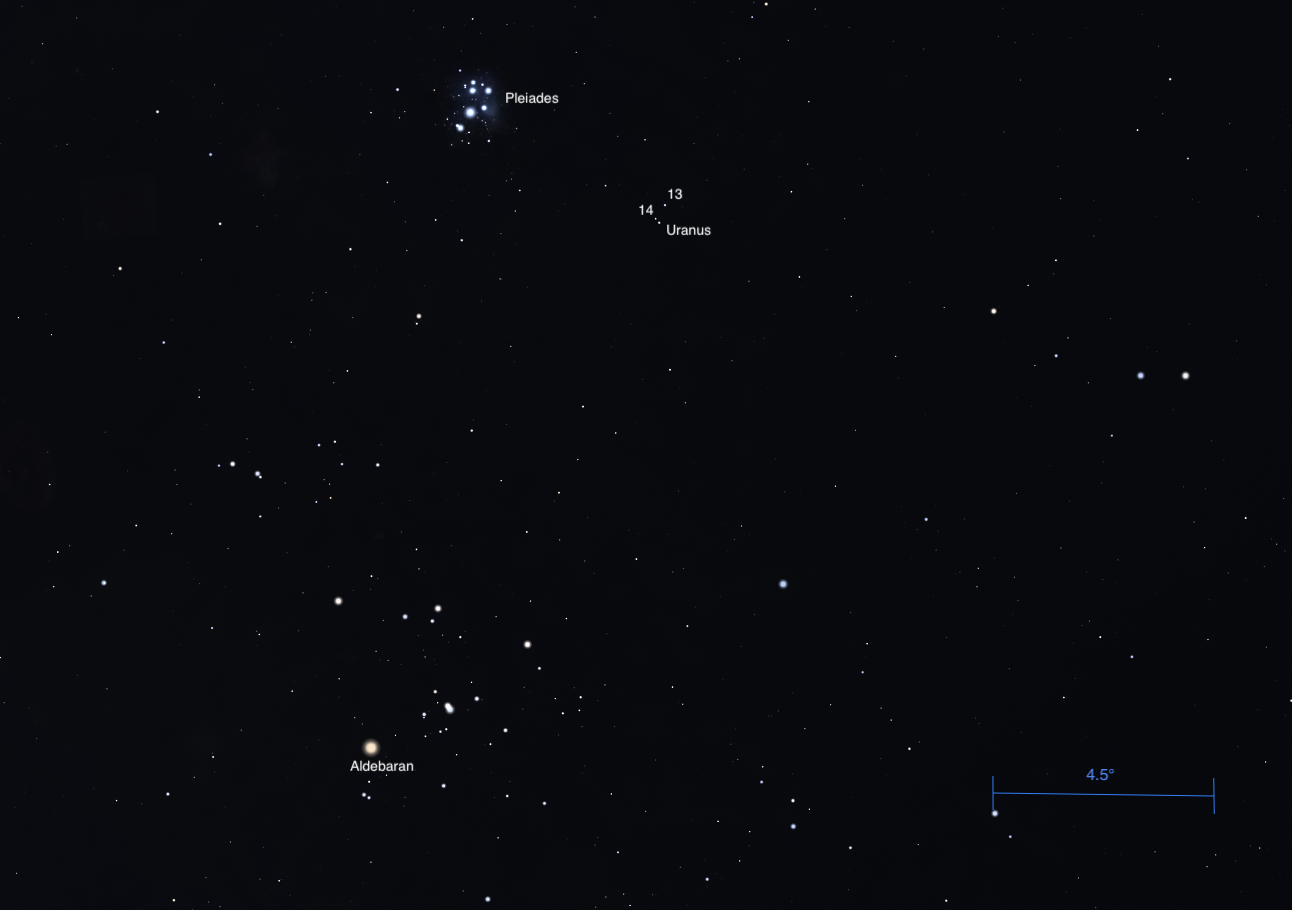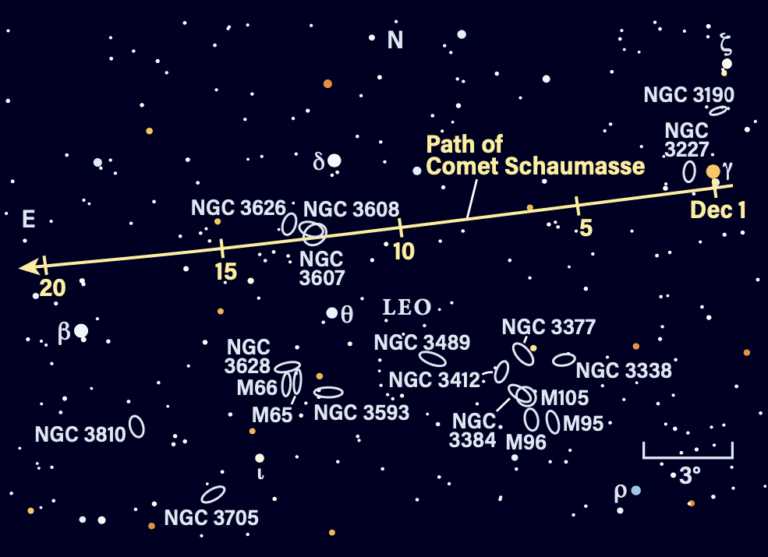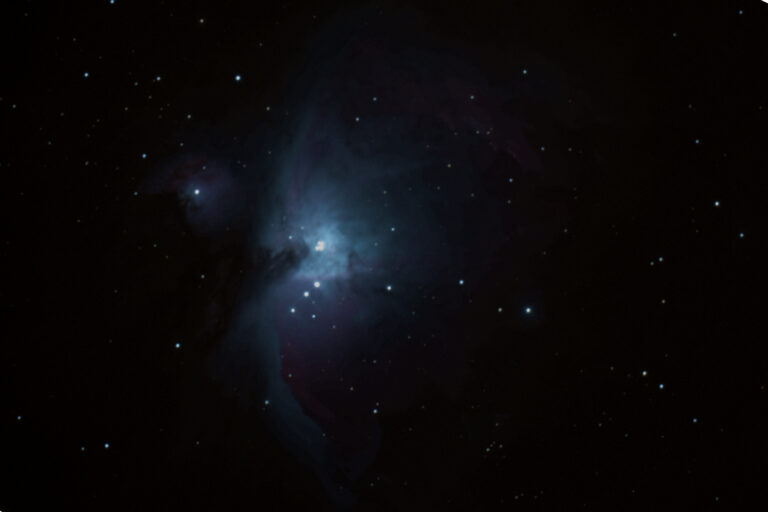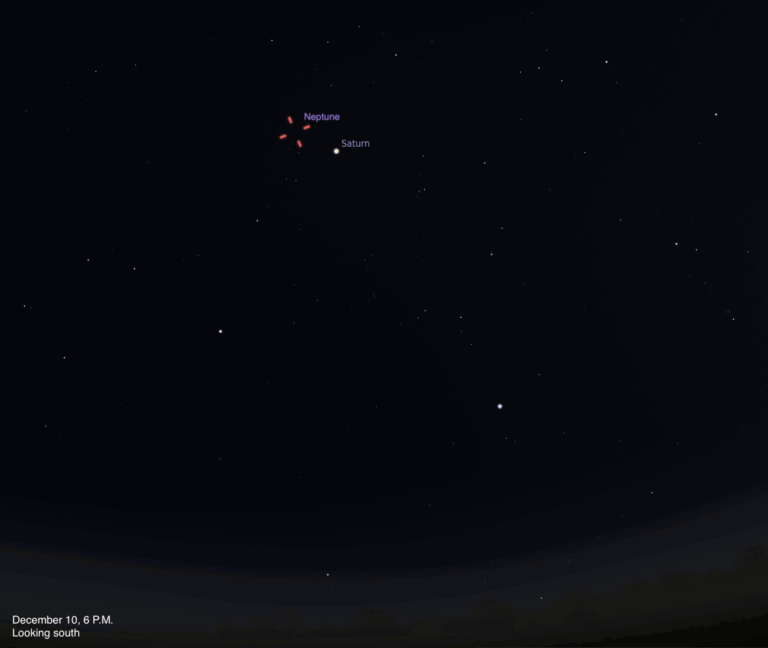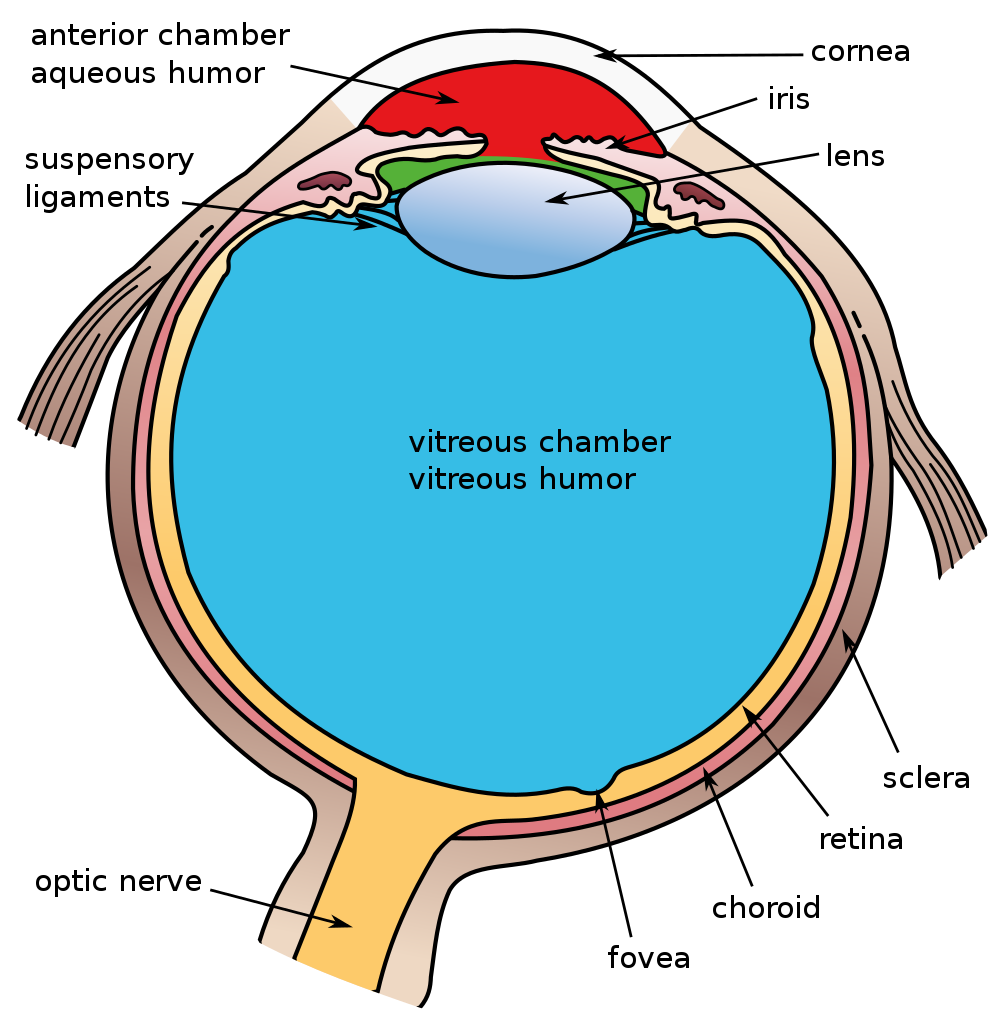
Key Takeaways:
- Night vision has less detail and color than daytime vision.
- Eyes adapt better to darkness if covered before observing.
- Moving a telescope slightly can help you see fainter objects.
- Dark adaptation is best after midnight.
I thought I’d write a bit about several eye-related topics. First up is resolution, which is the ability to see details in objects. We have decreased resolution at night, and little color vision as well, for multiple reasons: reduced numbers of retinal cells firing, the color shift in sensitivity vs. the focus ability of the eye, chromatic aberration of the eye, and the variable transparency of the lens and humors of the eye. In dim light, the spectral sensitivity of rods peaks at about 505 nanometers, and in bright light the peak of the cones is about 560 nanometers. Both of those wavelengths are in the green range of color.
Cones outnumber rods only in the center of the retina, which is the area of greatest density. It is also the area most heavily used by daytime, direct vision. But rods do fire during the day, otherwise we would have no peripheral vision at all.
TIP: Make your “pushing the telescope’s limit” observations no earlier than midnight, when your eyes will be at their greatest sensitivity.
Using an Eyepatch
A very good tip comes to us from Arild Moland, of Oslo, Norway: “To ease dark adaption, wear an eyepatch over your observing eye while setting up. Put it on as long before the start of your observing session as possible and you will be rewarded with a fully dark-adapted eye right at the beginning of your session. Move the patch to your non-observing eye while at the eyepiece so that you may keep it open while observing. This relieves the strain on your eye muscles and improves observing.”
My late friend, Jeff Medkeff, who did his visual observing under pristine skies in Sierra Vista, Arizona, said, “As for experimental data, when I was observing faint stars just after I moved to Arizona, I frequently used an eyepatch on the right (observing) eye while checking charts with the left. I rarely recorded more than a 0.1 magnitude difference with the right eye after going back to the eyepiece, and roughly half the time the difference was positive (toward fainter stars).”
Tap to View
Paul Alsing, of Poway, California, offers this tip: “This is pretty widely known and used, but mostly with Dobsonian-mounted telescopes. That is, MOVE THE TELESCOPE when looking for really faint stuff. With my old Celestron 8 Schmidt-Cassegrain telescope, I used to ‘tap the tube,’ and I’m sure that still applies, but with my 20-inch Obsession reflector, the first thing I tell folks is, ‘Grab the front and move the scope a little.’ More often than not they say something like, “Oh, now I see it.’”
Observing celestial objects will take your eyes to their limit. I hope these tips help you get more out of your time under the stars.




